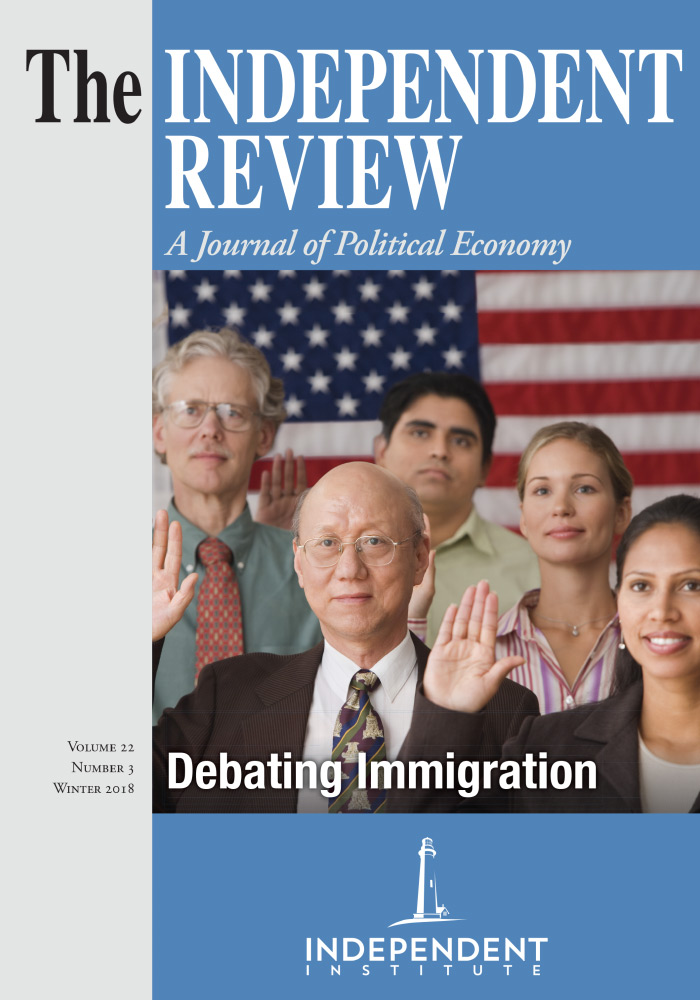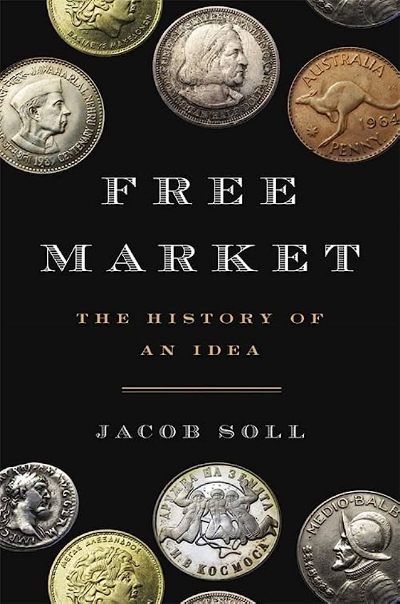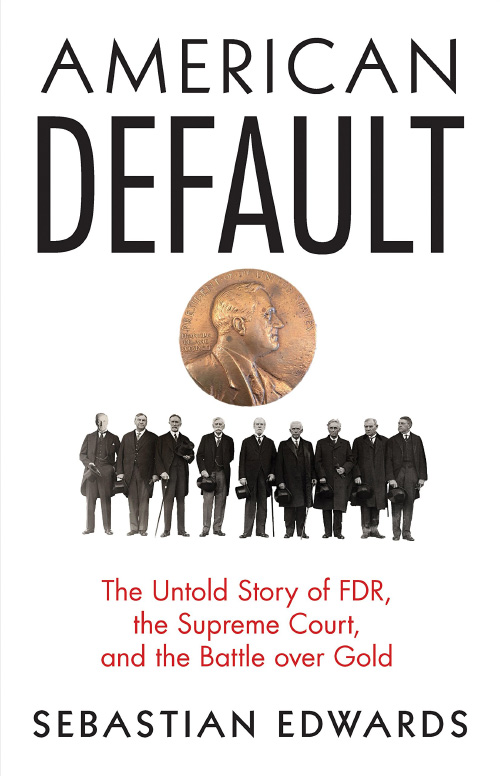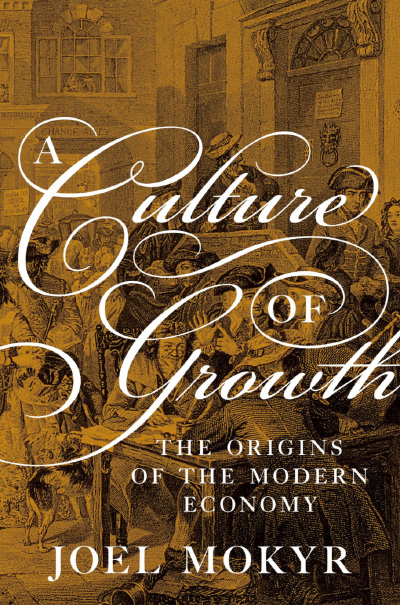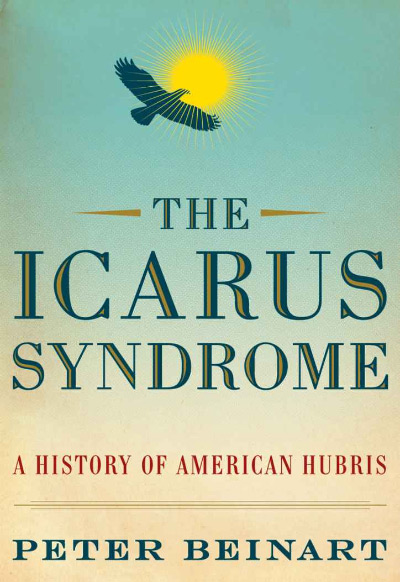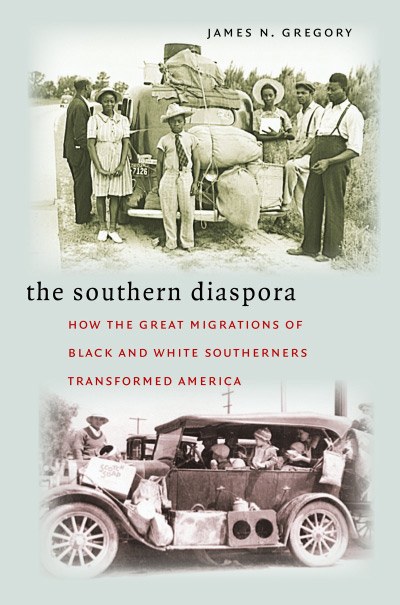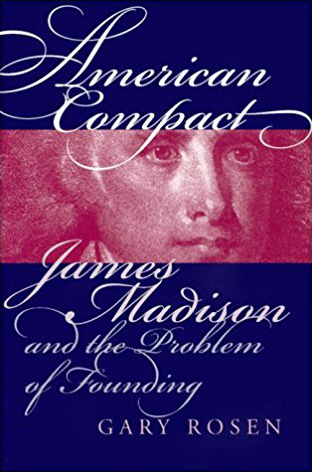We have often heard that although Ronald Reagan cut income taxes and unleashed an extraordinary period of economic prosperity in America, John F. Kennedy did it first. The statement is, of course, accurate. But the full story, the precise parallel—the details and drama behind the scenes—has never really been drawn out. In this book, popular economist Lawrence Kudlow and economic historian Brian Domitrovic lay out the untold Kennedy story for the first time in an outstanding piece of economic history.
“Most of us are well aware that Ronald Reagan was a tax cutter and that the horrible ‘stagflation’—weak economic growth in the context of prodigious price inflation—of the 1970s and early 1980s came to an end in the first years of his presidency,” the authors begin. “What is generally unknown, however, and what is the subject of this book, is that President John F. Kennedy in the early 1960s not only used but largely pioneered the same model” (p. 6). The Kennedy presidency, they add, launched the nation on a path of one of the longest and greatest economic expansions in its history, one that lasted until his successors abandoned his model. This policy, write Kudlow and Domitrovic, was a mix of tax-rate cuts and a strong and stable dollar.
It was also, to the authors’ regret, a policy mix that probably should have been tried again in the 2000s but was not. And worse, it is a policy mix whose history has been obscured and even ignored and outright refused by Democrats—and especially by today’s Kennedy clan—who are proud to claim Jack Kennedy as theirs but are aghast when free marketers dare invoke his name in support of tax cuts. “A concerted effort has been made to present Kennedy as a Keynesian,” write Kudlow and Domitrovic, “when the opposite is in fact true” (p. 7).
Also true is that Jack Kennedy didn’t arrive at this mentality immediately. It was a maturation that he came to only after carefully weighing divergent policy advice from battling advisers, with C. Douglas Dillon, his Republican Treasury secretary, eventually prevailing.
And so this book reveals the hidden story of how that shift unfolded. To that end, here are several things that strike me as especially valuable in this historically rich and nicely written account.
First, in their engaging narrative treatment of their subject, Kudlow and Domitrovic begin by debunking the myth that the pre-Kennedy years—that is, the Eisenhower years—were a halcyon period of booming growth amid massively high upper-income tax rates, specifically a 91 percent top rate. It’s amusing to watch liberals who once trashed the Eisenhower years now hoist them up as idyllic because America was (allegedly) blessed with the modern progressive dream of economic growth amid fabulously high tax rates that soaked the rich. Major growth and major wealth redistribution: the progressive dream.
And yet, note Kudlow and Domitrovic, the prosperity of the 1950s was constantly interrupted and was shared by a shrinking segment of the citizenry. From 1949 through 1960, the economy went into recession four times—a dubious achievement that had happened only twice since 1929. The 1950s saw some high unemployment and what the authors call “serial recession—a downturn every three years or less” (p. 16). It was “small boom and small bust, small boom and small bust” (p. 19). No, it wasn’t terrible, and the Ike years were far preferable to the FDR years, but they weren’t pie in the sky. The authors include this analysis of the immediate pre-Kennedy period to set in context exactly what Kennedy was up against and what he reversed.
Thus, the authors next show how JFK, by the second year of his presidency, had really “found himself ” as a tax cutter, after spending his first year listening to the give and take of different-minded advisers, represented most starkly by the pro–tax cut Dillon on one side and by Walter Heller and Paul Samuelson on the other. It was the “Ivy League Keynesians,” write Kudlow and Domitrovic, who had been “educating” Kennedy for a year and whom he at last rejected.
In 1962, specifically in August and December, came two crucial economic speeches by Kennedy. The second was the Economic Club of New York speech that is widely remembered, but the first, given on August 13, was just as important and broadcast on national television. The authors call it “among the most economically sophisticated statements that any president has made on the impact of the tax code on the economy” (p. 103). Stated Kennedy: “Our tax rates, in short, are so high as to weaken the very essence of the progress of a free society, the incentive for additional return for additional effort” (qtd. on p. 103). As Kudlow and Domitrovic put it, the Kennedy case for tax cuts would rest on the idea that high progressive tax rates make it less and less profitable to succeed. The more money you make, the higher your rate of taxation.
This was precisely the argument made by Ronald Reagan at the time—as he was touring General Electric plants as a private citizen—and again in the 1980s when he was president. Kennedy said in his speech of August 13—coincidentally, exactly nineteen years to the day before Reagan signed his historic tax cut—that “this administration intends to cut taxes in order to build the fundamental strength of our economy” (qtd. on p. 103). He further said that he wanted to cut tax rates in order “to remove a serious barrier to long-term growth, to increase incentives by routing out iniquities and complexities and to prevent the even greater budget deficit that a lagging economy otherwise would surely produce. The worst deficit comes from a recession” (qtd. on pp. 103–4).
Kennedy argued: “Every dollar released from taxation that is spent or invested will help create a new job and a new salary. And these new jobs and new salaries can create other jobs and other salaries and more customers and more growth for an expanding American economy” (qtd. on p. 104).
Kennedy’s speech at the New York Economic Club on December 14 reiterated these themes. He said that he didn’t want amere “quickie” or “temporary tax cut.” Tax rates were too high, period. Reagan-like, he said that the present tax system “exerts too heavy a drag on growth” and “siphons out of the private economy too large a share of personal and business purchasing power.” The high-tax system “reduces the financial incentives for personal effort, investment, and risk-taking” (qtd. on p. 109). Thus, insisted Kennedy, America needed to unleash “incentives,” a word he used five times in the speech.
And then came a still more Reaganesque sentiment from Kennedy in New York—actually, a Lafferesque sentiment: “In short, it is a paradoxical truth that tax rates are too high today and tax revenues too low, and the soundest way to raise revenues in the long run is to cut rates now” (qtd. on p. 110).
With that, Kennedy asked Congress for a reduction of the top rate from the current 91 percent to 65 percent. He requested that the personal income tax rate be cut by a maximum of 30 percent across the board. The bottom rate would be reduced from 20 to 14 percent, and each of the whopping twenty-two tax rates in between would be reduced on average by about 22 percent. Kennedy and his team sent their proposal to Congress on January 23, 1963.
Tragically, fate cruelly intervened on November 22, 1963. When Kennedy was killed in Dallas, he had been planning a speech to give in Austin that afternoon that included the line “we need a tax cut . . . as an assurance of future growth and insurance against an early recession” (qtd. on p. 147).
Fortunately, the new president, old Senate wheeler and dealer Lyndon Johnson, picked up the challenge of strong-arming Congress to pass the bill. Not that Congress needed much persuasion. The votes in the Senate and House were overwhelming in favor of Kennedy’s tax cuts, with the Senate voting first on February 7, 1964 (77–21). Even liberals Hubert Humphrey, Eugene McCarthy, Paul Douglas, and, yes, a young Ted Kennedy voted for the tax cut.
The tax cuts were largely the same as what Kennedy had requested, though the top rate didn’t come down quite as much. It was reduced from 91 to 70 percent. Most of the rate reductions came in 1964, with the remainder being implemented in 1965. The economy took off and steadily so—new businesses, new jobs. After 1964, growth exceeded 5 percent all the way into the Nixon presidency in 1969. From 1961 through 1969, the economy enjoyed a record 106 months of uninterrupted growth.
Unfortunately, Kennedy’s successors in the White House, Democrat and Republican, did not share his philosophy, and thus followed the stagflation and malaise of the 1970s. The economy regressed. That would change in the 1980s with Ronald Reagan, with Kemp-Roth, with the tax cuts in 1981 and 1986. The Senate passed the latter tax cut by a vote of 97 to 3, including yay votes from liberals such as Chris Dodd, Al Gore, Joe Biden, and Ted Kennedy. This was an extraordinary bipartisan achievement by Reagan.
With the Reagan cuts, real economic growth in 1983 was 5.3 percent, followed by five consecutive quarters of growth higher than 7 percent, a terrific feat and the only such occurrence in the history of the statistic. The Reagan recovery was one of the greatest in American history. In his State of the Union Address in 1986, Reagan would point to Kennedy: “I believe our tax rate cuts for the people have done more to spur a spirit of risk-taking and help America’s economy break free than any program since John Kennedy’s tax cut almost a quarter-century ago” (qtd. on p. 215).
Sadly, the post-Reagan years have not seen such enthusiasm for tax cuts. Liberals and Democrats seem almost pathologically opposed to the very notion. And today’s Kennedy clan is—quite amazingly—among them. This generation of Kennedys, write Kudlow and Domitrovic, have been “mystifyingly reliable in getting the great forbearer’s policy wrong” (p. 223). They note how in 2003 the daughter of JFK, Caroline, and even Ted Kennedy himself—who, again, had in fact voted for tax cuts under both JFK and Reagan—wrote a letter to economist Stephen Moore scolding his group Club for Growth and demanding that it withdraw any political ads that dare use the late President Kennedy’s name and image to support tax cuts.
Indeed, that has been among the most surreal developments in this Kennedy history. The heirs to JFK become apoplectic anytime anyone—George W. Bush or Scott Brown or whoever—invokes the name of their beloved Jack in favor of despised tax cuts. He is their family patron saint, and now, today, in post-JFK America tax cuts have become their modern party’s demon.
These modern Kennedys, far less interested in weighing all sides than John F. Kennedy was when considering tax cuts in the first place, are astonishingly ignorant of the most basic and undeniable facts and reality. They embarrass themselves by their truly breathtaking lack of awareness of their own history.
Can they really be this ill informed?
Well, with this book, they no longer have any excuse. And neither should any of us.
John F. Kennedy, like Ronald Reagan, deliberately cut income tax rates with the deliberate intent of spurring economic growth, and the plan worked beautifully. This exceptional work of economic history by Lawrence Kudlow and Brian Domitrovic finally lays it all out.

